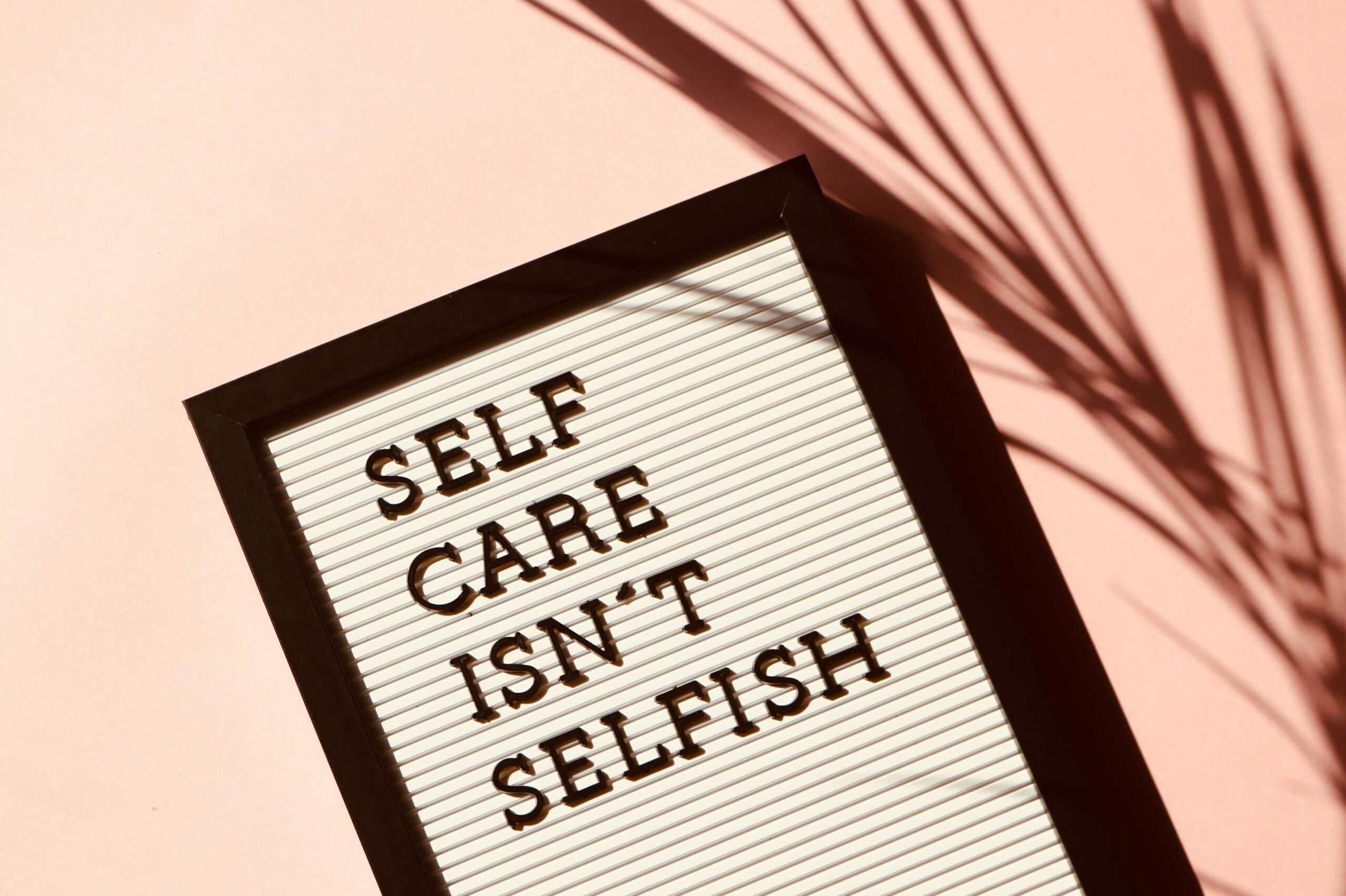If you’re looking for a structured yet simple way to burn fat, boost your metabolism, and set a positive tone for the day, the 30/30/30 method might be exactly what you need. This easy-to-follow strategy has gained popularity in the fitness world for its effectiveness in fat loss without extreme dieting or exhausting workout plans. Biologist Gary Brecka speaks highly of this method (check it out here)! Here’s everything you need to know about the 30/30/30 method and how to incorporate it into your daily routine.
The 30/30/30 method is a structured morning routine that consists of:
- 30 grams of protein – Consumed within 30 minutes of waking up.
- 30 minutes of low-intensity cardio – Performed right after breakfast.
This method is designed to optimize fat burning, control hunger, and improve overall energy levels throughout the day. It was popularized by health and fitness experts who emphasize metabolic efficiency and sustainable weight loss.
How It Works
- 30 Grams of Protein Within 30 Minutes of Waking Up
Starting your day with 30 grams of protein stabilizes blood sugar levels, curbs cravings, and prevents energy crashes later in the day. Protein also increases satiety, meaning you’ll feel fuller for longer, reducing the likelihood of overeating.
Great protein sources include:
- Protein shakes (whey, plant-based, or collagen)
- Greek yogurt with nuts and seeds
- Lean meats like turkey or chicken
- Cottage cheese with berries
- Tofu or tempeh with vegetables
- Eggs or egg substitutes
- Smoked salmon or other high-protein fish
Having protein first thing in the morning also helps regulate insulin levels, preventing spikes that can lead to energy dips and sugar cravings throughout the day. Additionally, consuming protein early in the day helps maintain muscle mass while promoting fat loss.
- 30 Minutes of Low-Intensity Cardio
After consuming protein, performing 30 minutes of low-intensity steady-state (LISS) cardio helps the body tap into fat stores for energy. Since insulin levels remain stable, your body is more likely to use stored fat rather than carbohydrates for fuel.
Examples of low-intensity cardio include:
- Brisk walking
- Cycling at a steady pace
- Light jogging
- Swimming
- Hiking
- Rowing at a moderate pace
- Elliptical training on a low setting
Unlike high-intensity workouts, which can elevate cortisol (a stress hormone linked to fat storage), LISS cardio encourages fat burning without putting excessive stress on the body. It’s also easier to recover from, making it a great daily habit.
Benefits of the 30/30/30 Method:
- Boosts Metabolism
Protein increases thermogenesis, meaning your body burns more calories digesting food. Pairing it with cardio helps maximize fat burning, as your body efficiently utilizes fat stores.
- Prevents Overeating
A high-protein breakfast regulates hunger hormones such as ghrelin and leptin, reducing cravings and helping you make healthier food choices throughout the day.
- Sustainable and Simple
Unlike extreme dieting or high-intensity training, this method is easy to follow and doesn’t require drastic lifestyle changes. It can fit into virtually any schedule and doesn’t require expensive equipment or memberships.
- Improves Insulin Sensitivity
Eating protein first thing in the morning helps control blood sugar, reducing energy crashes and mid-day hunger spikes. This is especially beneficial for those with insulin resistance or those looking to manage blood sugar levels effectively.
- Supports Fat Loss Without Muscle Loss
Unlike aggressive cardio or low-calorie diets, the 30/30/30 method ensures fat loss while preserving lean muscle mass. This is crucial for long-term metabolic health and body composition.
How to Get Started:
Starting the 30/30/30 method is easy. Follow these steps to incorporate it into your morning routine:
- Prepare your protein source the night before – Whether it’s a protein shake, Greek yogurt, or lean meat, having it ready can save you time in the morning.
- Set a morning routine – Wake up, eat your protein within 30 minutes, and engage in 30 minutes of LISS cardio before starting your day.
- Stay consistent – Try this method for at least 4-6 weeks to see noticeable results.
- Pair it with a balanced diet – While the 30/30/30 method is effective, it works best when combined with whole, nutritious foods and adequate hydration.
- Listen to your body – If you feel fatigued, adjust your cardio intensity or protein intake accordingly.
Frequently Asked Questions:
Can I Drink Coffee Before My Protein?
Yes! If you love your morning coffee, feel free to enjoy it, but try to pair it with your protein intake to avoid blood sugar crashes.
What If I Work Out Later in the Day?
The 30/30/30 method is designed for mornings, but if your schedule doesn’t allow it, you can adjust accordingly. Just ensure you’re consuming enough protein and incorporating steady-state cardio.
Will This Work for Muscle Gain?
While the 30/30/30 method is primarily aimed at fat loss, it can be part of a muscle-building routine if you adjust your overall calorie and protein intake.
Can I Do High-Intensity Workouts Instead of LISS Cardio?
LISS cardio is preferred for fat-burning without increasing cortisol levels, but if you enjoy high-intensity training, you can incorporate it later in the day.
How Long Until I See Results?
Most people notice improvements in energy and appetite control within the first two weeks. Visible fat loss and metabolic benefits typically become evident after 4-6 weeks of consistency.
Final Thoughts:
The 30/30/30 method is a simple yet powerful way to kickstart your day, burn fat efficiently, and improve overall well-being. By incorporating a protein-rich breakfast and low-intensity cardio into your morning routine, you can achieve sustainable fat loss without extreme dieting or high-stress workouts.
If you’re looking for a sustainable approach to weight loss that doesn’t involve extreme restrictions, this method is worth trying. Give it a shot and see how it transforms your energy, metabolism, and body composition!



